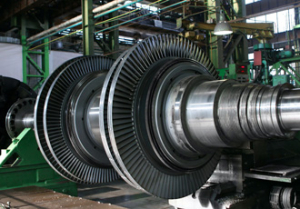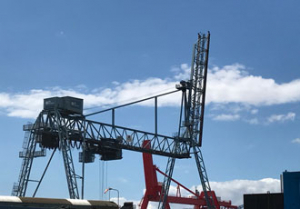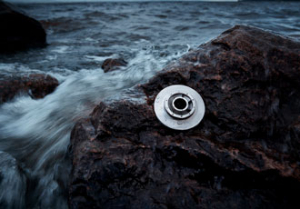Choosing the right balls for your bearings

The time has finally come that some pro-cyclists have turned to precision hybrid ceramic bearings for their low rolling resistance to give them a race day advantage over those who opt for all-steel bearings. Chris Johnson, Managing Director of specialist bearing supplier, SMB Bearings, explains this choice and explores the differences between full ceramic and hybrid bearings.
There's a good reason pro-cyclists choose precision hybrid bearings (steel rings with ceramic balls) over full ceramic bearings (ceramic rings and balls). The steel inner and outer rings of a hybrid bearing can be machined to very close tolerances. When these are matched with lightweight, high grade ceramic balls and a suitable low torque lubricant, the result is very low rolling resistance – the perfect match.
Ceramic bearing rings are more difficult to machine so the roundness achievable with steel rings is not possible leading to higher levels of vibration.
However, full ceramic bearings come with their own set of advantages over the hybrid bearing. Their ability to handle an extremely wide range of temperatures, their non-magnetic qualities and their excellent corrosion resistance makes them a top contender for many applications, across the globe and beyond, that are too tough for hybrids.
Applications
Pro-cyclists opt for hybrid bearings because rolling resistance is the key and quality hybrid bearings require marginally less effort to spin the wheels, conserving energy. Precision hybrid bearings can also cope with very high speeds which is why they are frequently used in machine tool applications. Ceramic balls make hybrid bearings electrically insulating so they are becoming a popular choice for many electric motors and wind turbines.
Unlike hybrid bearings, the extreme temperature capabilities of full ceramic bearings make them suitable for both cryogenic and furnace applications. Additionally, their ability to withstand seawater and aggressive chemicals makes them suitable for the marine, chemical, pharmaceutical and food industries where bearings can be frequently exposed to salt water or strong acids and alkalis. What's more, as they are non-magnetic, they are a popular choice for magnetic resonance imaging (MRI) scanners.
Even more is that their ability to be relied on in deep sea or outer space is like nothing before. Under the sea, bearing lubrication can be as much of a problem as corrosion, so un-lubricated full ceramic bearings tick both boxes.
As the space environment is a vacuum, great care must be taken when choosing the bearing lubricant as most grease will vaporise or outgas to an unacceptable level. Unlike hybrids, full ceramic bearings can run constantly at speed without lubrication so they perform well in a vacuum. When you add their low temperature capabilities, they become the best candidate for satellites and other projects such as the Mars Exploration Rover, especially as Mars can face temperatures as low as 125°C.
Decisions, decisions?
If full ceramic bearings are for you, given that they can withstand the harshest of environments, which bearing material should you choose? The two most common types are zirconia (ZrO2) and silicon nitride (Si3N4), and both have their own set of advantages and disadvantages.
Although, ceramic material is harder than steel, it is also more brittle, meaning ceramic bearings have lower load and speed ratings. While zirconia has high fracture toughness that can withstand small shock loads, silicon nitride is more brittle so should not be subjected to shock loads.
Silicon nitride is even more corrosion resistant than zirconia and has a much wider temperature range, although it is significantly more expensive. Like silicon nitride, zirconia is not affected by water and most chemicals but it should not be regularly exposed to steam as it can degrade over time.
Hybrid bearings and full ceramic bearings have different strengths and weaknesses. Hybrids cannot handle extreme temperatures or highly corrosive environments but perform well in low torque or high speed applications. Full ceramic bearings may not be recommended for bicycles, high speed machine tools or low noise electric motors but they certainly solve problems in a wide range of challenging industries.
So you see, ceramic bearings provide real benefits, not just for pro-cyclists, but in machines operating in environments from the bottom of our oceans to the surface of Mars.
Downloads
Similar articles
More from SMB Bearings
- Should remanufactured bearings become the norm? 21st May 2021
- Radial and thrust forces in bearings 6th April 2021
- Ceramic bearings for medical environments 24th March 2021
- The myth surrounding hybrid ceramic bike bearings 18th March 2021

-(1)ed.jpg)










Write a comment
No comments